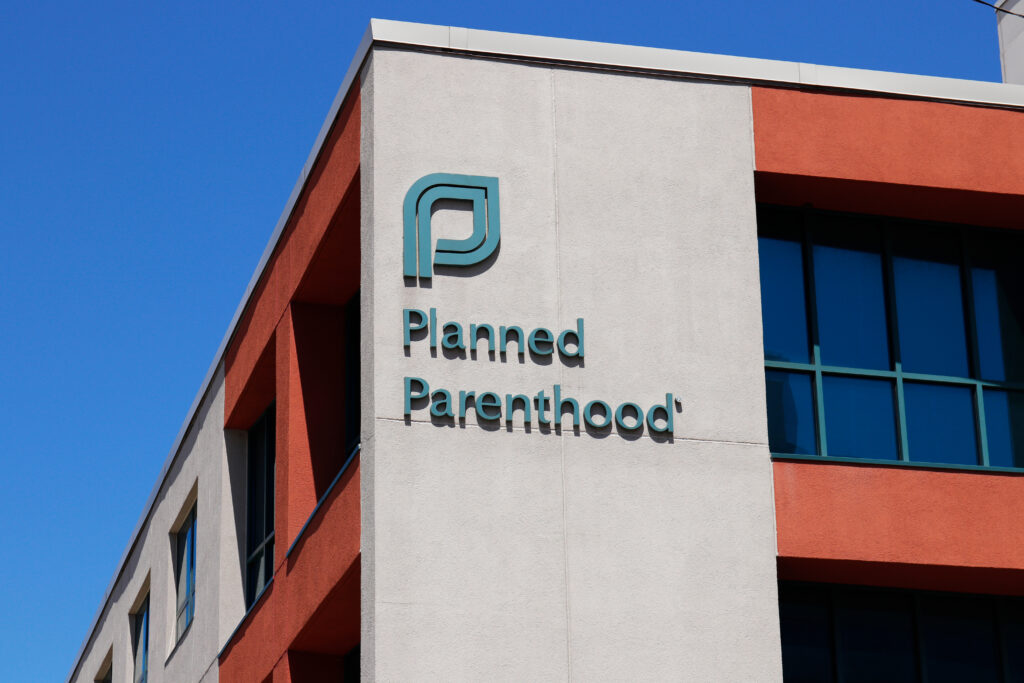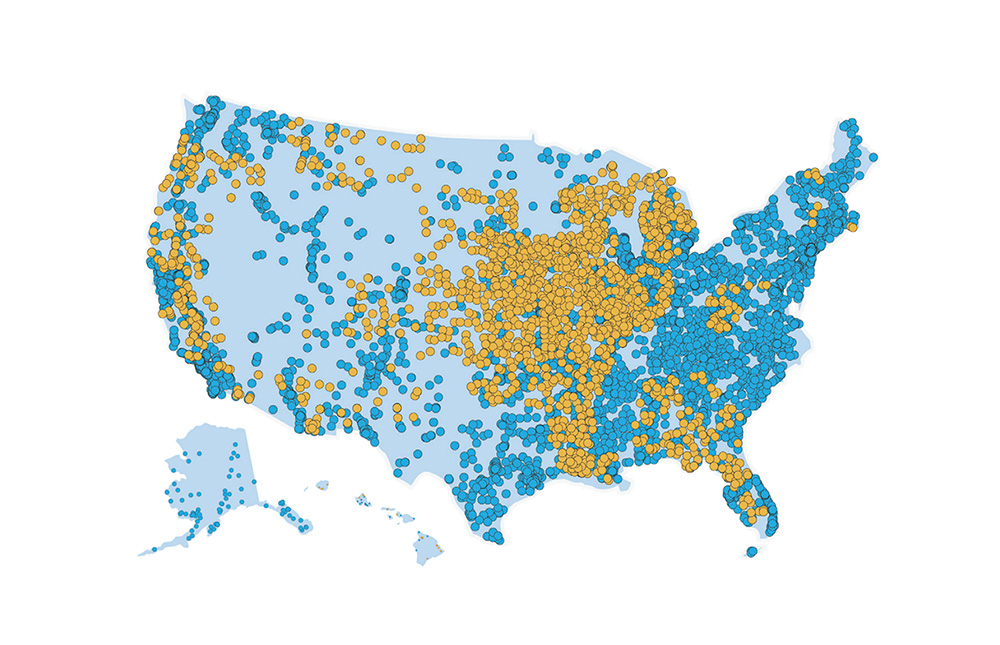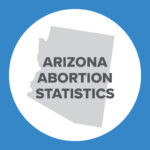Abortion Reporting: New York (2017)
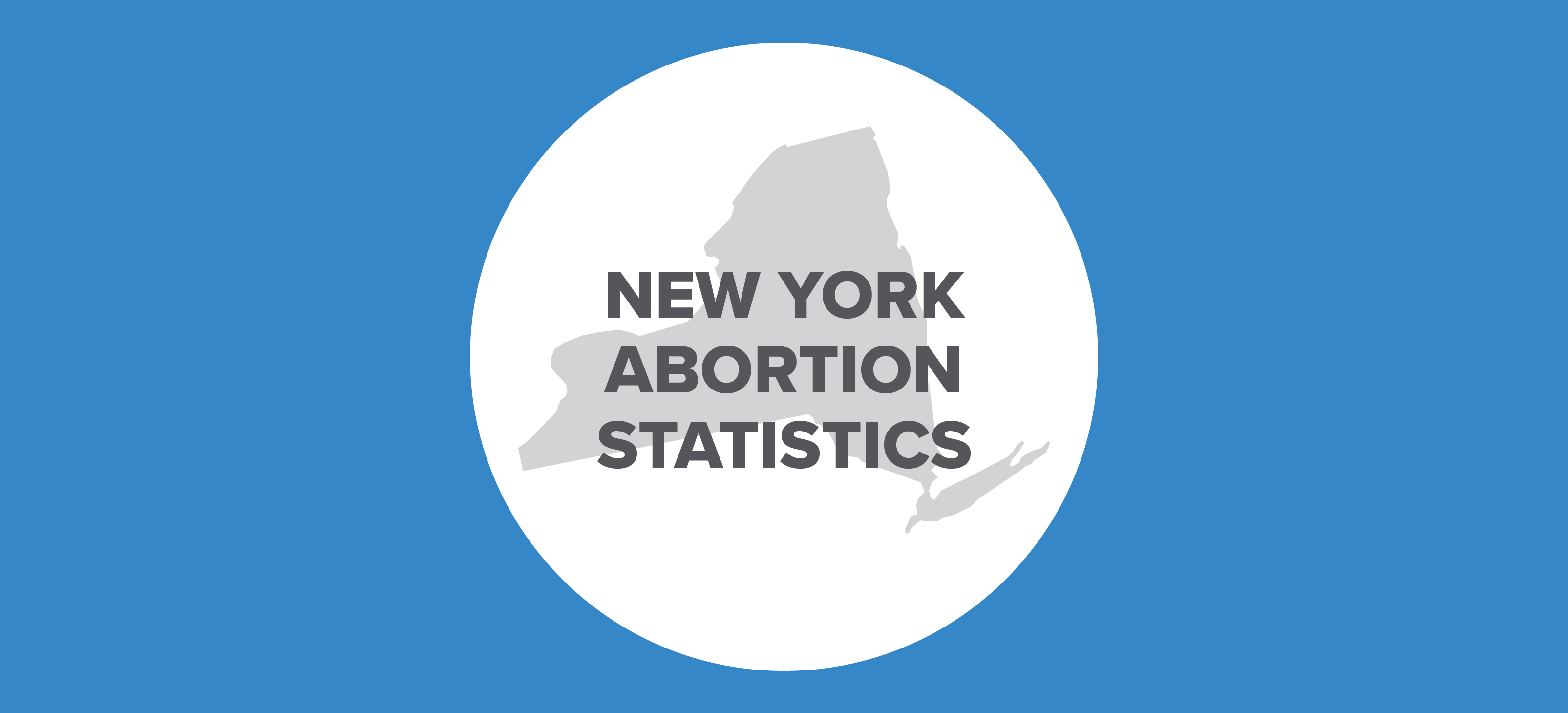
New York’s annual abortion report for 2017 was published by the New York Department of Health and Mental Hygiene in August 2019. The report shows that abortions in the Empire State declined from the previous year.
Changes in New York Abortions, 2016-2017

Statistics are for New York residents only. Information on New York’s state abortion rate and Planned Parenthood’s New York market share is not publicly available.
Abortion Totals and Trends
In 2017, New York reported 77,810 abortions performed on New York residents. The report does not include information on abortions performed in New York on women from other states. The 77,810 abortions reported in 2017 represent a five percent decrease from the 2016 total (Fig. 1). Over the same time period, chemical abortions increased by 13 percent. Chemical abortions composed 29 percent of the total in 2017, compared to 25 percent in 2016. Since 2001, total resident abortions have decreased by 36 percent, while chemical abortions have risen by 457 percent. The Charlotte Lozier Institute calculates that New York’s resident abortion rate was 19.8 abortions per 1,000 resident women in 2017, down from 20.8 the previous year but still higher than the national rate (Fig. 2).
State Report Summary
In 2017, women ages 25 to 29 composed the largest age group undergoing abortions at 29 percent of the total, similar to 2016 but a change from 2015 and previous years in which women ages 20 to 24 have been the largest age group. Twenty-eight percent of the abortions performed on resident women in 2017 were on women ages 20 to 24. Overall, 56 percent of the abortions were performed on women in their twenties. An additional 30 percent were performed on women in their thirties, and four percent were on women age 40 or older. Nine percent were on girls age 19 or younger, including 0.2 percent under the age of 15.
New York reports abortions by both race and ethnicity. Thirty-seven percent of the abortions performed on New York residents in 2017 were on black women of all ethnicities. Twenty-nine percent were on white women, and 34 percent were on women of another or unknown race. Twenty-three percent of the abortions were performed on Hispanic women of any race. If abortions were counted as deaths, in 2017, abortion would have been the leading cause of death among both Hispanic and African American New York residents. There were 14,085 Hispanic deaths and 21,626 African American deaths in 2017, compared to 17,886 Hispanic and 28,808 African American abortions.
Thirty-seven percent of the abortions were performed on women who had never had an abortion before, a lower proportion than the national average of 56 percent. Twenty-two percent were on women with one prior abortion, and 27 percent were performed on women with two or more previous abortions. Thirteen percent were on women with an unknown number of previous abortions.
Nearly half the abortions performed on New York residents (48 percent) were funded through state Medicaid. Four percent were covered by an HMO and 29 percent by other insurance, while 14 percent were self-pay. Not quite one percent were funded using multiple methods, and three percent were funded using an unknown method of payment. Eight percent were performed in hospitals, compared to 92 percent performed in other types of facilities.
More than three-fifths of the abortions (62 percent) occurred earlier than nine weeks of gestation. Thirteen percent were performed between nine and 10 weeks, and six percent were between 11 and 12 weeks. Four percent were performed between 13 and 15 weeks and three percent from 16 to 19 weeks of gestation. Two percent (1,590 abortions) were performed at 20 weeks of gestation or later, when babies can feel pain. This number may have been even higher, as 10 percent of the abortions performed on New York residents occurred at unknown gestational ages.
Multiple abortion methods may be reported for each abortion, so the different types of procedures performed on New York residents in 2017 sum to more than the total number of abortions reported. Sixty percent of the abortions were performed using suction curettage, and 29 percent, as noted above, were chemical abortion procedures. Eight percent were performed using dilation and evacuation and four percent using dilation and curettage. There were 68 abortions induced with a saline injection and 29 percent induced using prostaglandins. Not quite one percent (0.6 percent) were performed using other methods and 1.5 percent with unknown methods.
New York City vs. Rest of State
New York vital statistics, including abortion reporting, is handled by two registration areas: New York City and Rest of State. New York City shares its statistics with the New York State Department of Health to enable annual reporting for the whole state. In 2017, 66 percent of New York’s abortions were on New York City residents. New York City’s resident abortion rate was 27.4, compared to 12.9 for the rest of the state. The city had a slightly larger disparity between the black and white abortion rates than the rest of the state did: Rest of State’s black abortion rate (29.2) was 3.7 times higher than the white abortion rate (8.0), while the black abortion rate for New York City residents (39.1) was 3.9 times the white rate (9.9).
Approximately the same proportion of New York City and Rest of State abortions were funded by Medicaid (48 percent and 47 percent, respectively). However, just 0.05 percent of New York City abortions were covered by HMOs, compared to 13 percent of Rest of State abortions. Conversely, 36 percent of New York City resident abortions were covered by other insurance, while just 17 percent of Rest of State abortions were funded this way.
State Ranking
In the Charlotte Lozier Institute’s survey of abortion reporting that ranked the 50 states, New York City, and Washington D.C., New York’s reporting was ranked at 39th best, trailing behind New York City at 31st best. To improve its reporting, New York could include information on all abortions occurring in the state rather than those performed on state residents only. This would make New York State’s reports more comparable with those published by New York City. New York could also report whether any complications resulted from the abortions, information it already collects. Additionally, the state could publish the data it collects on women’s reasons for abortion, information which is particularly relevant now that New York has radically expanded its allowance of late-term abortion.
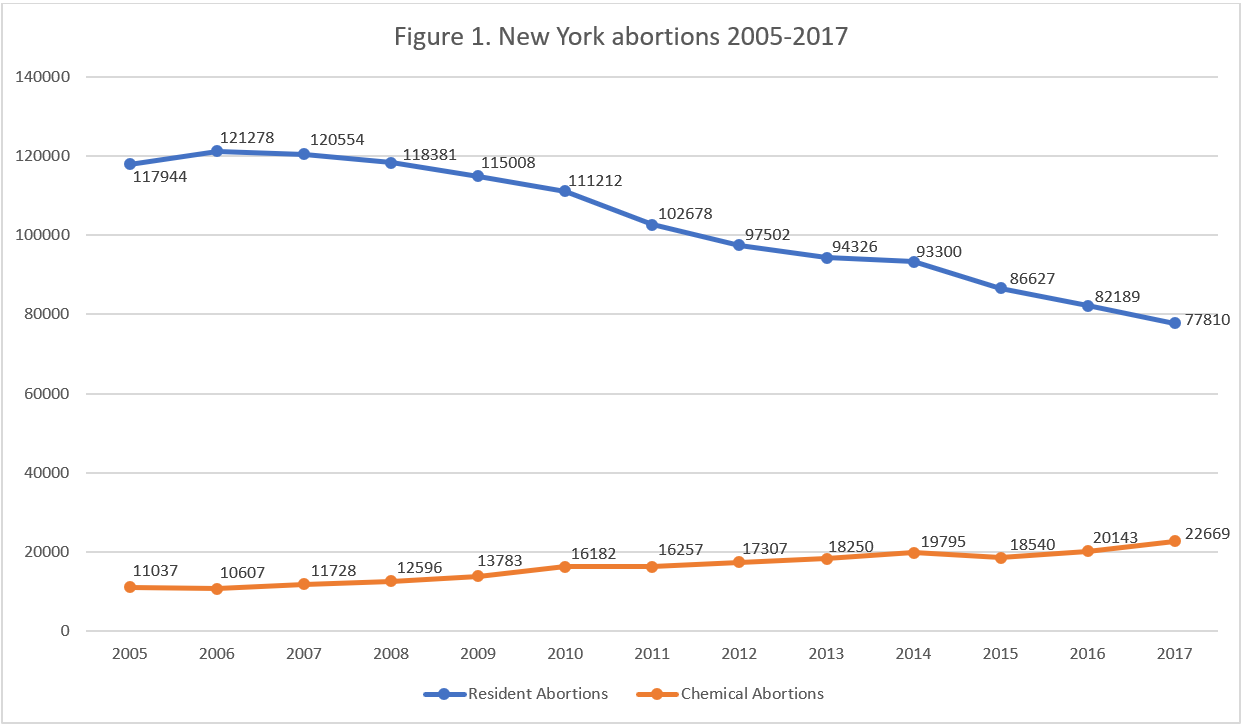

- Rates were calculated by CLI using population estimates from the United States Census Bureau. The rates were calculated using the following formula: (abortions performed on New York residents ÷ number of resident women ages 15-44) x 1,000. Rates may differ slightly from previous CLI articles due to revised abortion totals and population estimates.























